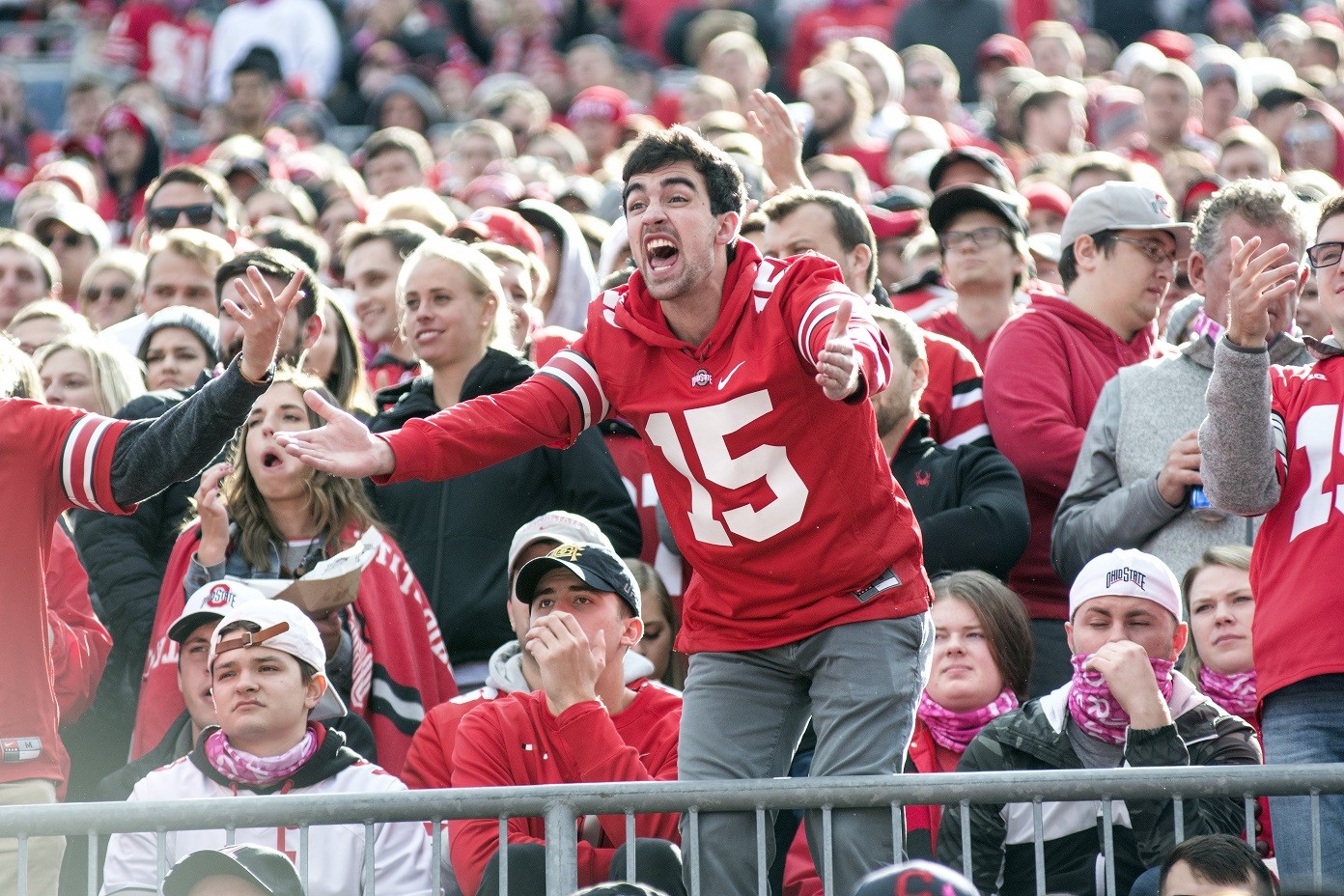
There’s a free-agency war going on right now between two fierce competitors, but it’s not in a professional sports league. Instead, it’s a football game between the Michigan and Ohio State programmes, illustrating how swiftly and drastically the collegiate sports industry’s financial structure is shifting.

Ohio State is reportedly paying at least $10 million and possibly $13 million in name, image, and likeness (NIL) money to retain and add important roster players in the wake of Michigan’s victory in the College Football Playoff. Although the numbers are unverified, the craze for the Buckeyes has still intensified to the point where The Wall Street Journal, Ole Miss head coach Lane Kiffin, and hordes of supporters nationwide have all taken notice. As the school gets ready for the upcoming season, former Buckeye and Houston Texans quarterback CJ Stroud has also turned into a “major donor.”
Jim Harbaugh, meantime, is rumoured to have received a new contract offer from Michigan that would have placed him as the best paid college football coach. However, ESPN is claiming that Harbaugh is departing to take a head coaching position with the Los Angeles Chargers, thus the high-profile move was ultimately for nothing.
These expenses come after the Buckeyes, who were rated No. 2 in the nation, had lost to the Wolverines in the last three editions of “The Game.” Ole Miss running back Quinshon Judkins, Kansas State quarterback Will Howard, and Alabama recruits Julian Sayin at quarterback, safety Caleb Downs, and centre Seth McLaughlin are among the recent transfers.
Vice president of the Ohio State collective The 1870 Society, Drew Esler, told the WSJ that “instead of complaining, everybody’s put their money where their mouth is.”
In response to Kiffin’s disclosure of Ohio State’s spending, former Buckeye standout Maurice Clarett tweeted, “Everything is fair in love and war.” Prepare your collectives and boosters for competition. The official start of free agency has arrived!
The financial arms race begins at a time when the NCAA is still having a great deal of difficulty deciding what to do with amateurism in the future and the collegiate NIL landscape is still unstable, without clear regulations to support competitive parity and assist with financial planning.
Leave a Reply